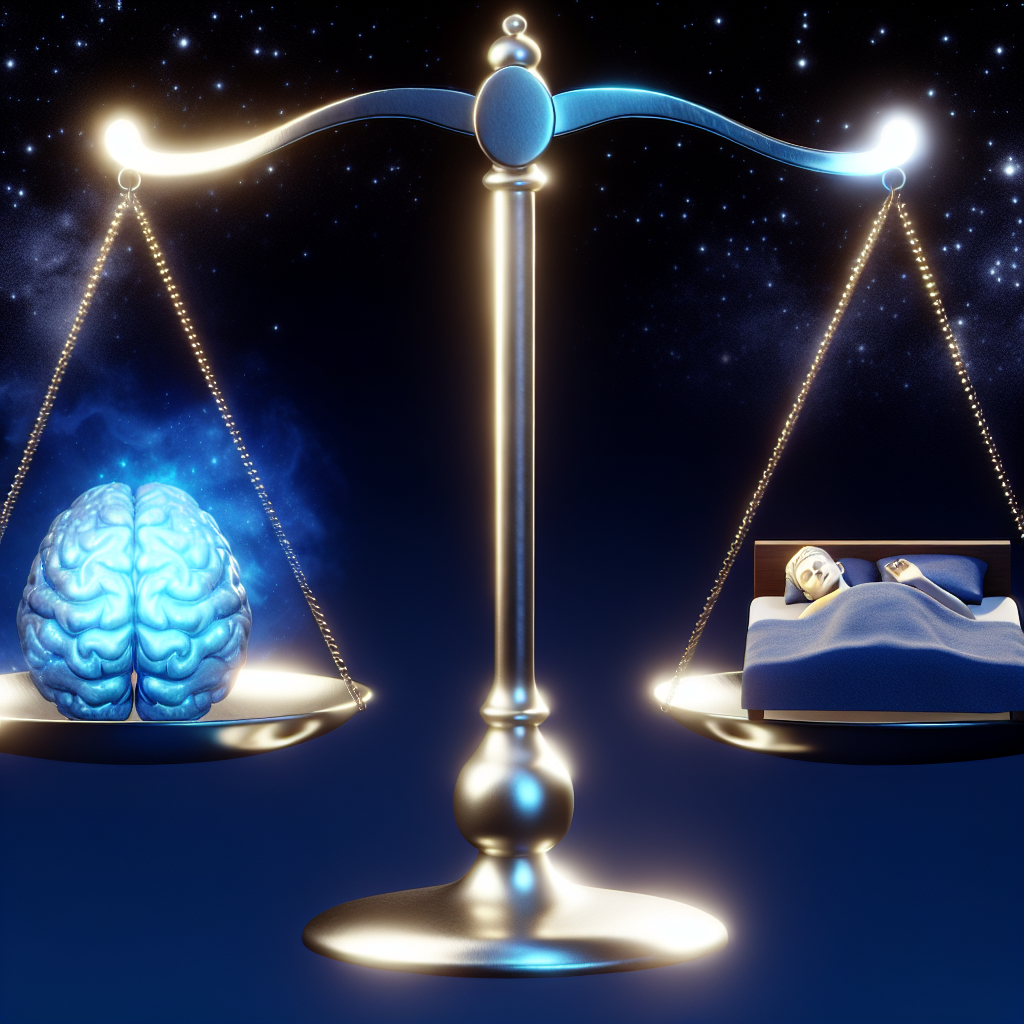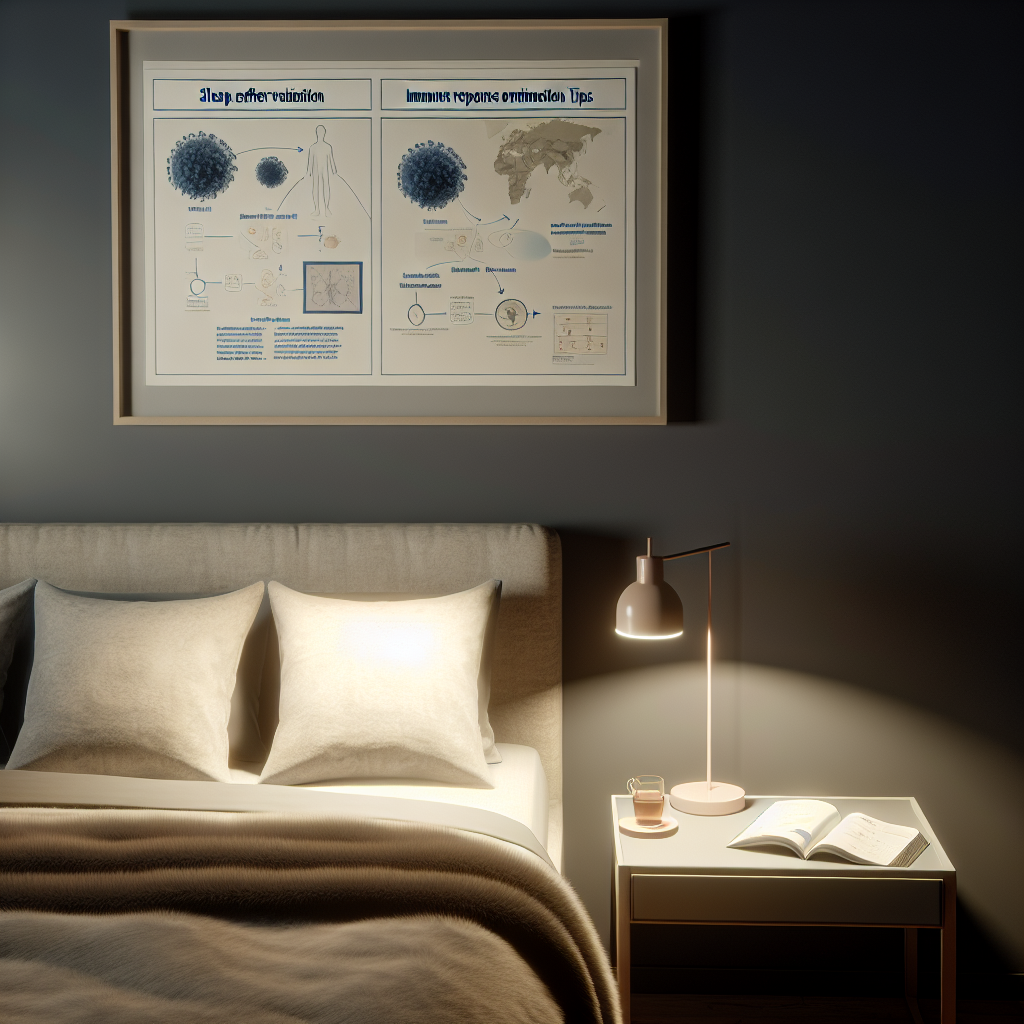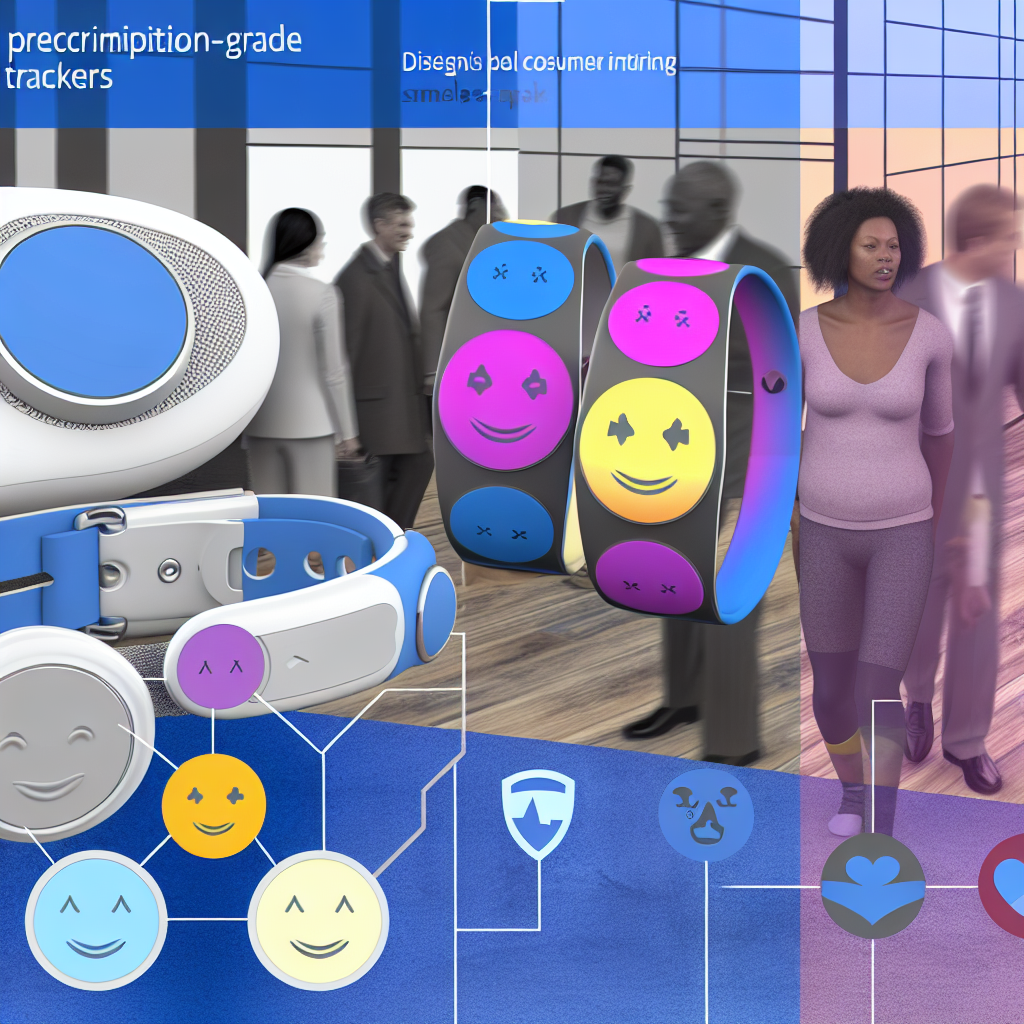# Vestibular Calibration Systems: A Groundbreaking Approach to Beating Sleep-Onset Insomnia
**Author:** Medoze Editorial Team
**Posted on:** [Insert Date]
**Categories:** Sleep Health, Wellness Innovation, Non-Pharmacological Therapies
Introduction: Rebalancing Sleep Health Through Vestibular Science
Insomnia has been a pervasive challenge affecting millions of individuals around the world. One of the most common forms is sleep-onset insomnia, characterized by difficulty initiating sleep. While conventional therapies often emphasize cognitive behavioral therapy (CBT-I), sleep hygiene education, or pharmacotherapy, emerging scientific interest points toward a non-invasive, physiological approach that may revolutionize sleep health: vestibular calibration systems.
The vestibular system, found in the inner ear, is primarily responsible for balance, spatial orientation, and coordination. This sophisticated sensory network connects to wide regions of the brain, including the brainstem and cerebellum, which are directly involved in autonomic control and sleep-wake cycles. Modern neuroscience has uncovered compelling links between vestibular function and the regulation of circadian rhythms, arousal systems, and even emotional regulation — all significant factors in the sleep initiation process.
Vestibular calibration — the practice of stimulating and aligning the vestibular system through mechanical or movement-based input — shows promise in managing sleep-onset insomnia. By applying subtle movement-based therapies or balance-related interventions, the body may be guided toward reducing hyperarousal, promoting neurological synchrony, and aiding in the natural progression into sleep. This balance-based method stands out particularly for its minimal side-effect profile and adaptability for all age groups, particularly children, older adults, and individuals sensitive to pharmaceuticals.
With technological advancements, therapeutic devices and programs for vestibular calibration are now more accessible than ever. These interventions include gentle rocking mechanisms, rotational devices, vestibular rehabilitation exercises, and even virtual reality systems. These modalities target vestibular structures and utilize movement to create brain states conducive to sleep, particularly through parasympathetic activation and cortical downregulation.
As insomnia continues to be a growing public health concern — linked with chronic diseases, poor performance, and mental health disorders — alternative, integrative, and non-invasive solutions like vestibular calibration systems are gaining traction. This article will explore the science behind vestibular calibration, review medical studies supporting its efficacy for resolving sleep-onset insomnia, and evaluate its practical applications for improving sleep across all age groups.
The Neuroscience of Balance and Sleep: How the Vestibular System Regulates Rest
Recent studies have highlighted the role of vestibular stimulation in sleep regulation, especially for individuals experiencing difficulties initiating sleep. This is supported by a growing body of neuroscience research that establishes bidirectional communication between the vestibular system and sleep centers in the brain.
A 2019 study published in *Current Biology* demonstrated that slow, rhythmic vestibular stimulation — such as rocking — significantly reduced time to fall asleep and increased NREM sleep in healthy adults. In this controlled trial, participants exposed to gentle side-to-side rocking during naps fell asleep faster and exhibited increased sleep spindle activity, key indicators of stable sleep architecture. The researchers concluded that vestibular-induced sensory input influences thalamocortical oscillations crucial for initiating sleep cycles ([Perrault et al., 2019](https://www.cell.com/current-biology/fulltext/S0960-9822(19)30489-2)).
Evidence-Based Applications: Sleep Improvement Across the Lifespan
Further clinical exploration can be found in pediatric and geriatric populations. Research published in *Frontiers in Neurology* investigated whether vestibular rehabilitation exercises could improve sleep quality in elderly patients with chronic insomnia. The study found that stimulating vestibular pathways through head movements and balance tasks led to significant improvements in both sleep latency and quality, strongly suggesting vestibular activation supports sleep-onset physiology ([Tjernström et al., 2017](https://www.frontiersin.org/articles/10.3389/fneur.2017.00025/full)).
Neuroimaging research has also suggested that vestibular inputs modulate activity in sleep-related brain structures. A 2009 fMRI study showed that vestibular stimuli activated the hippocampus, anterior cingulate cortex, and insular regions — each critically involved in arousal regulation, emotional processing, and homeostatic control. Vestibular input was found to dampen activity in the reticular activating system (RAS), a structure implicated in maintaining wakefulness. By suppressing wake-promoting regions and enabling parasympathetic dominance, vestibular stimulation creates the ideal neurological conditions conducive to sleep onset.
From Rocking Beds to VR Therapy: Innovations in Vestibular Stimulation Devices
Moreover, vestibular therapy has gained clinical attention due to minimal side effects and ease of implementation. Vestibular rehabilitation strategies, such as gaze stabilization exercises, head/body rotation, and balance training, are increasingly integrated into holistic insomnia treatment, especially for patients with resistance to standard behavioral or pharmacological interventions.
Devices that offer vestibular stimulation — such as motion beds, vestibular chairs, and wearable motion trackers — are being investigated as promising adjunctive therapies. For instance, the Somnomat bed, designed to gently simulate rocking movement, has been shown in sleep-lab settings to reduce latency to deep sleep phases in both young and older adults.
Collectively, these findings validate the scientific potential for vestibular calibration systems in reconditioning the brain for healthy sleep cycles. This niche but powerful approach opens new pathways to treatment, especially for populations inadequately served by traditional insomnia therapies.
Conclusion: Vestibular Calibration Systems Are Redefining the Future of Sleep Medicine
Vestibular calibration systems represent a frontier in integrative sleep medicine, offering a balance-based, sensory-driven intervention for individuals suffering from sleep-onset insomnia. Sleep is intimately tied to the functions of the vestibular system — not simply for balance and spatial orientation — but also for its cognitive and physiological calming effects that support sleep readiness.
Grounded in robust neuroscience and supported by emerging clinical evidence, vestibular-based interventions harness the healing and regulating potential of movement. Whether through gentle rocking, structured vestibular workouts, or therapeutic devices, these modalities can facilitate faster sleep onset, improve sleep continuity, and restore circadian alignment. They offer an appealing, drug-free, age-inclusive alternative for individuals looking to take control of their sleep health without relying solely on medications or cognitive therapies.
Given the rising tide of sleep disorders and their immense cost to public health, vestibular calibration systems deserve greater awareness and integration into mainstream sleep care models. With continued innovation and scientific validation, this approach holds great promise as a pillar of 21st-century sleep wellness.
—
## References
– Perrault, A. A., Khani, A., Quairiaux, C., Kompotis, K., Franken, P., Muhlethaler, M., & Schwartz, S. “[Slow oscillations in the human brain promote sleep through rhythmic vestibular stimulation](https://www.cell.com/current-biology/fulltext/S0960-9822(19)30489-2).” *Current Biology*, 2019.
– Tjernström, F., Fransson, P. A., & Magnusson, M. “[Improved subjective sleep in patients with persistent insomnia after vestibular rehabilitation](https://www.frontiersin.org/articles/10.3389/fneur.2017.00025/full).” *Frontiers in Neurology*, 2017.
– Lopez, C., & Blanke, O. “[The thalamocortical vestibular system in animals and humans](https://doi.org/10.1016/j.brainresrev.2010.11.006).” *Brain Research Reviews*, 2011.
– Sargent, C., & Halson, S. “[Recovery interventions for higher sleep quality: Beyond beds and blackout blinds](https://www.sleep.theclinics.com/article/S1556-407X(19)30084-1/fulltext).” *Sleep Medicine Clinics*, 2020.
—
Concise Summary:
Vestibular calibration systems are a promising, non-invasive approach to improving sleep-onset insomnia. By stimulating the vestibular system in the inner ear, these interventions can promote neurological conditions conducive to sleep, such as parasympathetic dominance and reduced arousal. Emerging evidence suggests vestibular-based therapies, including rocking mechanisms, rehabilitation exercises, and virtual reality, can effectively reduce sleep latency and improve sleep quality across various age groups.

Dominic E. is a passionate filmmaker navigating the exciting intersection of art and science. By day, he delves into the complexities of the human body as a full-time medical writer, meticulously translating intricate medical concepts into accessible and engaging narratives. By night, he explores the boundless realm of cinematic storytelling, crafting narratives that evoke emotion and challenge perspectives.
Film Student and Full-time Medical Writer for ContentVendor.com




